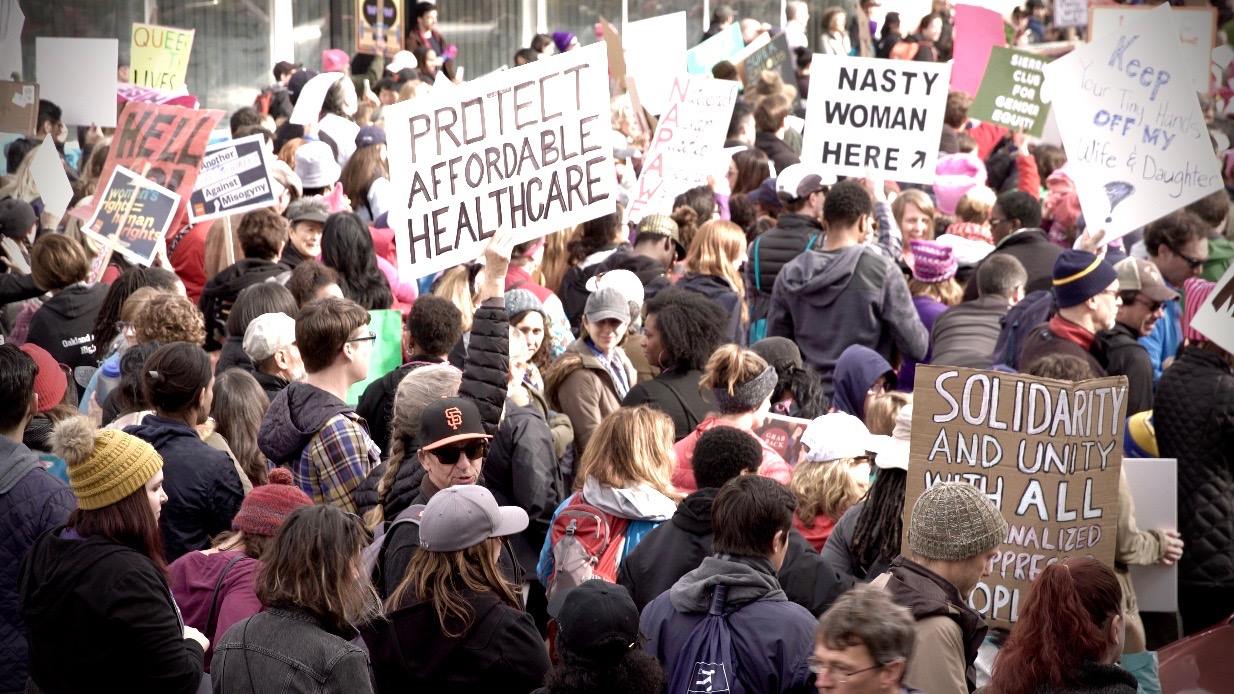If every mushroom cloud has a silver lining, it’s that filmmakers flirt with disaster for our edification and enlightenment. Following their lead, the seventh San Francisco Green Film Festival, running April 20 through 26, “embraces” the nuclear age with a revival of local doc makers Judy Irving, Christopher Beaver and Ruth Landy’s 1982 Emmy Award-winning nuclear-weapons exposé Dark Circle, as well as the San Francisco premiere of U.K. visionary Mark Cousins’ found-footage excavation Atomic: Living in Dread and Promise.
 The festival takes on a slew of other environmental issues, to be sure, but we’re talking about apocalypse now, not tomorrow. So the programmers had the brainstorm of lightening up the lineup with the brilliant absurdity of Kubrick’s Dr. Strangelove or: How I learned to Stop Worrying and Love the Bomb. Alas, who could have imagined that a new president would threaten North Korea in his first 100 days? (Unrelated question: What happens after reality mocks satire?)
The festival takes on a slew of other environmental issues, to be sure, but we’re talking about apocalypse now, not tomorrow. So the programmers had the brainstorm of lightening up the lineup with the brilliant absurdity of Kubrick’s Dr. Strangelove or: How I learned to Stop Worrying and Love the Bomb. Alas, who could have imagined that a new president would threaten North Korea in his first 100 days? (Unrelated question: What happens after reality mocks satire?)
Now you understand why Green Film Festival founder and chief executive Rachel Caplan frequently breaks into laughter in the course of an interview. A sense of humor is essential to staying sane in the face of fresh catastrophe. That, and movies that prescribe solutions rather than merely expose problems.
A Plastic Ocean (sea pollution), Last of the Longnecks (giraffes and conservation) and RiverBlue (about a Southeast Asian river so polluted by tanneries and dyeing houses that its color reveals what shade is in fashion that season) are among the stronger advocacy films in this year’s festival. Caplan and the screening committee prefer works like these that inspire audiences with steps they can make rather than depicting doom and gloom.





